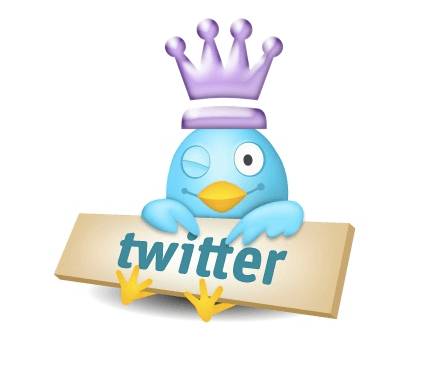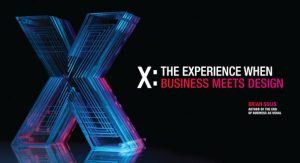To be personal, standard bearer and/or institutional in digital media?
If you are interested in digital marketing, it is hard not to take interest in what has been happening in the political spheres around the world online. Politicians and political parties face major strategic challenges as they head into 2012 when there are some 28 official Presidential elections on the docket around the world (and possibly another 5 yet-to-be-decided, such as in Egypt, Kosovo, Palestine …).
CHARTING THE RIGHT DIGITAL COURSE
After having figured out their political platform, of course, politicians need to evaluate which message and channels to use. Critical in this endeavor will be the core support team and the strength and alignment of that team as they move through the campaign. Among the critical strategic components are the decisions on the media mix, the fluidity of the message between the various channels and the ability to converse and create grass root movements.
HEADS OF STATE ON TWITTER: PAS TOUCHE?
Heads of state and government ministers are officials / dignitaries. As such, they are representatives of their country. Many are the countries and people who believe that there is a sacred nature to these positions, putting them “above” such banalities as social media. I believe that the way political parties interpret the value of the Internet speaks volumes to the corporate culture and the likelihood that local brands will embrace the internet. From a brand marketing standpoint, there is one challenge that political parties face which is of particular interest and where I believe brands should take a close look. For a political party (read: brand), it is to figure out under which title it will communicate: brand alone or brand and senior management? The follow-on questions are:
- To use the official party name (i.e. political institution aka brand) for which type of communications, run by whom?
- To use the figurehead’s personal name (i.e individual politician aka CEO/top executive), for what, written by whom, and with which tonality?
DIGITAL MARKETING GETTING PERSONAL
 As The Myndset baseline states, I believe that branding must get more personal. The challenge for brands — especially on Twitter — is to figure out the strategies to adopt between the official brand handle, personal employee accounts and, especially, the top executives. For political parties, there is the official “party line” (to coin a phrase) and the President’s handle (or that of the Prime Minister, etc.). In the US, Barack Obama and the White House each have accounts. In France and England, the handle is limited to the official residence (Elysée or Number10gov). In Venezuela, there is just the Chavez account. If the Elysée account remains among the most ineffective among the “majors”, there is nonetheless, no single recipe for success. Different cultures, different leaders, different situations mean that different strategies are necessary. The key is finding a legitimate and authentic voice, that resonates with the audience and is in sync with the offline voice. Out of sync with the author’s personality, a personal twitter account will not work.
As The Myndset baseline states, I believe that branding must get more personal. The challenge for brands — especially on Twitter — is to figure out the strategies to adopt between the official brand handle, personal employee accounts and, especially, the top executives. For political parties, there is the official “party line” (to coin a phrase) and the President’s handle (or that of the Prime Minister, etc.). In the US, Barack Obama and the White House each have accounts. In France and England, the handle is limited to the official residence (Elysée or Number10gov). In Venezuela, there is just the Chavez account. If the Elysée account remains among the most ineffective among the “majors”, there is nonetheless, no single recipe for success. Different cultures, different leaders, different situations mean that different strategies are necessary. The key is finding a legitimate and authentic voice, that resonates with the audience and is in sync with the offline voice. Out of sync with the author’s personality, a personal twitter account will not work.
BRAND AND CEO
Similarly, for a Brand, there is the question of the brand’s handle and that of a senior c-suite’s (if not the CEO). As much as I believe that there is a great opportunity for top executives to reach out with their own Twitter account, the risk, if the executive in question does not have the right constitution or attitude, is to fall flat. The appropriate characteristics? One talks often of humility, integrity, authenticity, to which I subscribe personally. But, in the case of senior executive, here is my proposed list:
- understand and accept the opportunity that digital media presents
- open to technology (if not a technophyl)
- good at building community
- able to listen, happy to converse
- open to discovery (curiosity and serendipity)
- not in it for the short term…
BOTTOM LINE FOR BRAND MARKETERS
Brands have to have carve out their presence on the different social networks, but top executives must also think about getting on the case. If not the CEO, someone else in the C-suite that best matches the characteristics above should look to provide personality and render personal the conversation.











Great post on digital marketing. I have just moved into the complicated world of digital marketing and your post was helpful. Cheers
Thanks for coming by Jessie. If you come down to London sometime, let me know @mdial on Twitter.